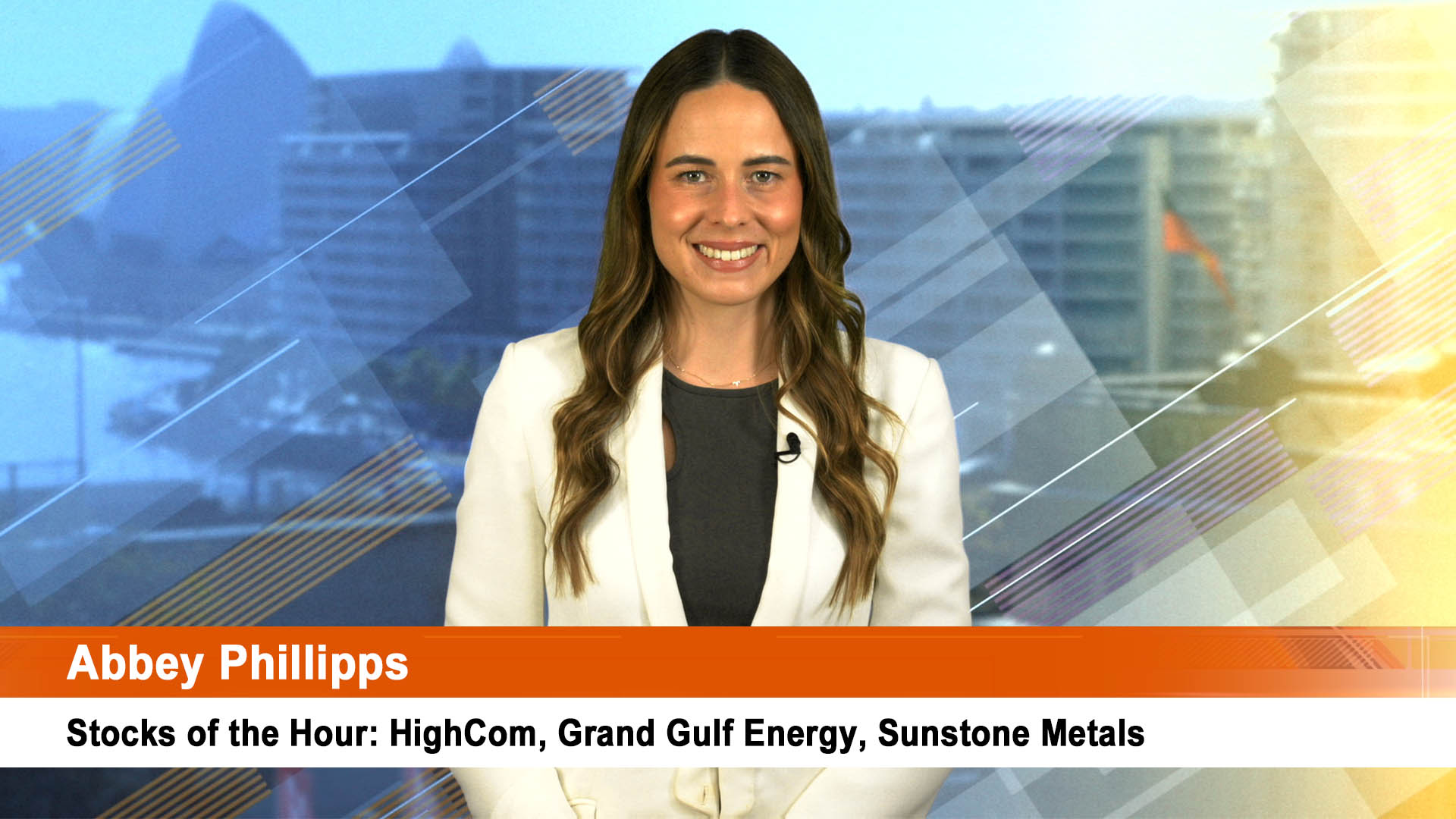Global oil prices settled ended all but unchanged, but still notched up their first weekly gain in a month on expectations that OPEC will agree to extend its production-cut agreement for six months or more, and may even deepen the cuts.
Investors also took heart with the largest fall this year in US oil stocks, but ignored yet another rise in US production and in the number of US oil rigs in use last week.
June US crude futures settled at US$47.84 a barrel in New York up a cent on the day and 3.5% for the week.
In London, July Brent crude futures lost 4 cents, or 0.1%, to $US50.73 a barrel, set for a weekly gain of about 3.3%.
On Friday, Baker Hughes reported that the number of rigs drilling for oil in the US rose by 9 to 712 rigs this week. The oil-rig count has climbed every week so far this year, except for one – and this marked the 17th straight weekly rise.
The total active US rig count, which includes oil and natural-gas rigs, rose 8 to 885, according to Baker Hughes.
While US stocks fell 5 million barrels to more than 522 million, production topped the 9.3 million barrel mark at 9.314 million, up 512,000 barrels from a year ago.
A monthly report from OPEC report on Thursday showed that members were sticking to the production quotas. In April, OPEC’s total output dropped again to an average of 31.73 million barrels a day. This means the cartel’s production has fallen by more than the 1.2 million barrels a day that it had pledged in November.
US shale oil output is growing at a faster than expected rate, keeping pressure on prices despite steep supply curbs from some of the world’s biggest producers, according to the OPEC report.
Despite countries inside the cartel and outside, such as Russia, making big cuts to output as part of a deal agreed late last year, global excess inventories remain stubbornly high, the group’s research arm said.
“Oil futures on both sides of the Atlantic recovered [month-on-month], but their upward potential is still limited by a resurgence of shale and other oil output,” the research arm of the producers’ group said.
OPEC lifted its forecast for total 2017 crude output from outside the cartel by around 370,000 barrels a day (bbd), driven by greater than anticipated US production. Non-Opec output is expected at 58.2 million barrels a day.
Total US liquids production is forecast to increase by 820,000 bbd with crude oil making up the bulk of the rise. In addition to the growth in the US, higher oil production is expected in Canada and Brazil.
Due to these higher than initially production forecasts for these countries, Opec cut its demand expectations for its output this year to 31.9m bbd, which is around 320,000 bbd lower than the previous month.
It is expected the cuts deal will be extended past the first six months of 2017 when the cartel’s ministers meet in Vienna later this month.
Meanwhile, the International Energy Agency (IEA) says last week it now sees global oil demand growth of 1.3 million barrels a day this year, lower than the growth of 1.6 million seen in 2016 and the 2 million recorded in 2015.
The Agency says the global oil market has finally swung into a supply deficit, and demand is expected to outstrip output even more in the second half of the year if OPEC agrees to extend its production cuts.
Neil Atkinson, the IEA’s head of oil analysis said in London last week that the current agreement by more than 20 major oil producers has succeeded in making a dent in the global supply glut that has kept prices under pressure in recent years.
“It is starting to become clear that if the objective of the OPEC cuts was to flip the market from surplus into deficit that is now slowly beginning to happen,” he said and pointed to the chart below.
"And moving to the second quarter of 2017, which is of course the current outlook, we are seeing quite a significant surplus between supply and demand,” he added.
Meanwhile Comex gold on Friday notched a third-straight winning session, a feat it had not achieved since mid-April, as the US dollar drifted lower following slightly weaker-than-expected US retail sales and inflation data.
Gold for June rose by $US3.50, or 0.3%, to settle at $US1,227.70 an ounce in New York. It finished the week less than 0.1% higher after posting losses over the previous two weeks.
Comex July silver rose 13.7 cents or 0.8%, to $US16.402 an ounce. Silver was up around 0.8% for the week.
And Comex July copper rose 1.6 cents, or 0.6%, to $US2.524 a pound, 0.2% lower for the week.













